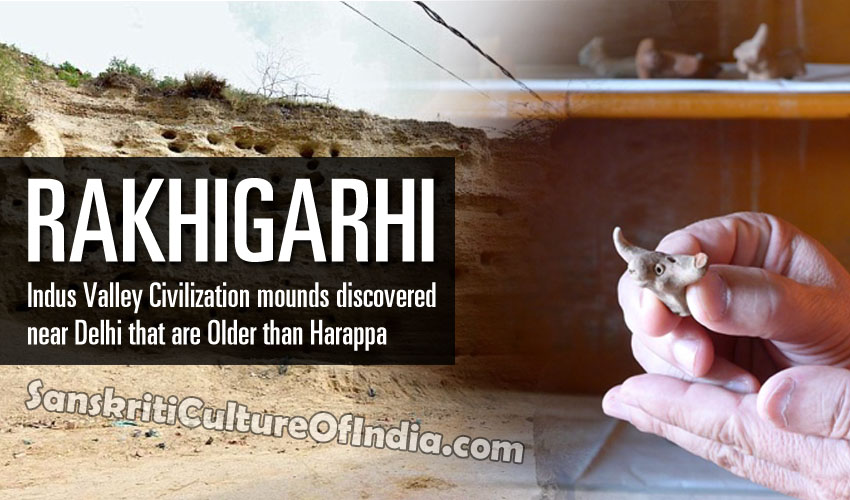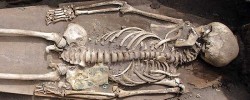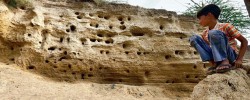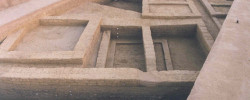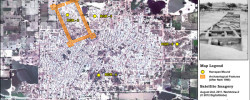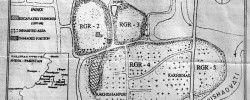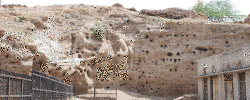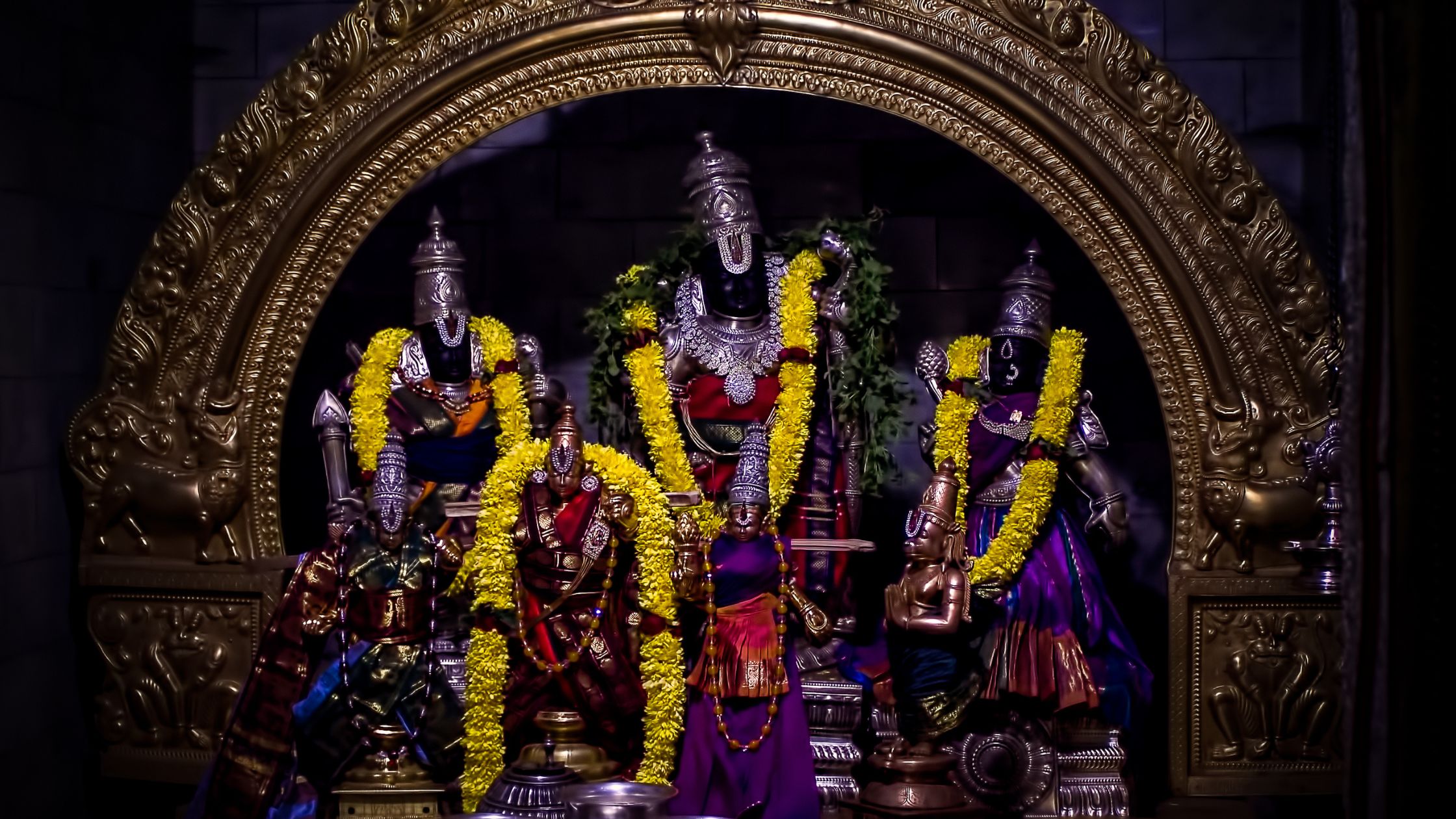Is a village in Haryana sitting on top of a rare archaeological site that is older and larger than Mohenjo-daro, perhaps the best-known human settlement of the Indus Valley civilization?
Research and findings by archaeologists and officials in Haryana have indicated that this could indeed be true for Rakhigarhi village in Haryana’s Hisar district, over 200 km from Chandigarh.
Located on the Jind-Hansi road, about eight kilometres from Narnaund town, the seven mounds in the area could change history related to the Indus Valley civilization (now referred to as the Harappan civilization), researchers say.
Vijai Vardhan, Haryana’s principal secretary for archaeology and museums, told IANS: “This site could throw up new information about the Indus Valley civilization. Archaeologists who have been to Rakhigarhi say that the town underneath these mounds could be larger and even 500 years older than Mohenjo-daro.”
“Excavations conducted at Rakhigarhi indicate that the settlement witnessed all the phases of the Harappan civilization – the early Harappan (3200-2700 BCE) as well as the Mature Harappan (2700-1800 BCE). This positions Rakhigarhi as a unique Harappan site which promises to reveal new civilization contours by pushing the Indus Valley civilization by a thousand years or more,” said a latest publication of the department of archaeology and museums, authored by Vardhan.
The findings have revealed that while the archaeological sites of Mohenjo-daro (now in Larkana district of Pakistan), Harappa (in Pakistan) and Dholavira (Kutch region of Gujarat) were estimated at 200, 150 and 60 hectares respectively, the area and dimensions of Rakhigarhi, according to some archaeologists, is spread over 300 hectares.
“The present Rakhigarhi village stands on three of the seven mounds under which the archaeological site exists. Four mounds are clear for excavation while the present village will have to be moved to excavate the remaining three mounds,” Vardhan said. “The area and dimensions of Rakhigarhi make it possibly the largest Indus Valley civilization site in the Indian sub-continent,” the publication said.
The excavation at the site so far has revealed all the defining features of the Indus Valley civilization – potters kiln, wheel-made pottery baked to red colour, Indus script on seals and other layout features and other traditions of the civilization.
Vardhan said that a coordinated effort of the Archaeological Survey of India (ASI) and the Haryana government is needed to reveal the actual status of the Rakhigarhi site.
“Archaeologists have visited the site and from the finds so far and use of technology, they are of the opinion that the site should be excavated,” he said. The town of Mohenjo-daro was discovered in 1922 following the excavations at Harappa and other places. Mohenjo-daro was recognised as the earliest city of the Indian sub-continent.
Haryana itself is home to over 100 early Harappan sites (2500-2200 BCE). Most of these lie in Kurukshetra, Ambala, Hisar, Bhiwani, Sonipat, Yamunanagar and Rohtak districts. Fresh excavations have begun on the site from January 12 onward.
Rakhigarhi is about to rewrite the 5000 year old history of our civilization. We hope this will shed some more light on the culture and heritage of ancient India and finally lay the Aryan invasion theory to rest.
~ Archaeology News

